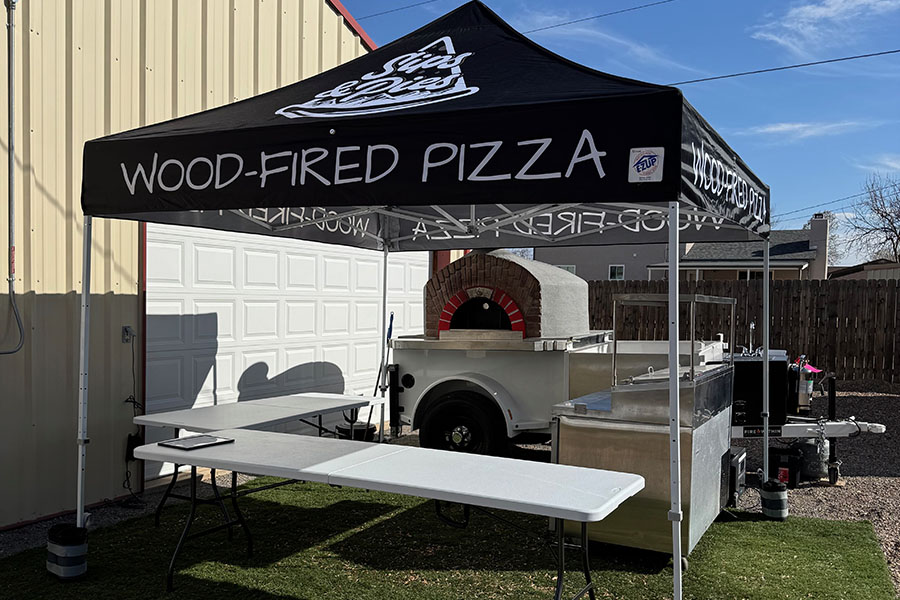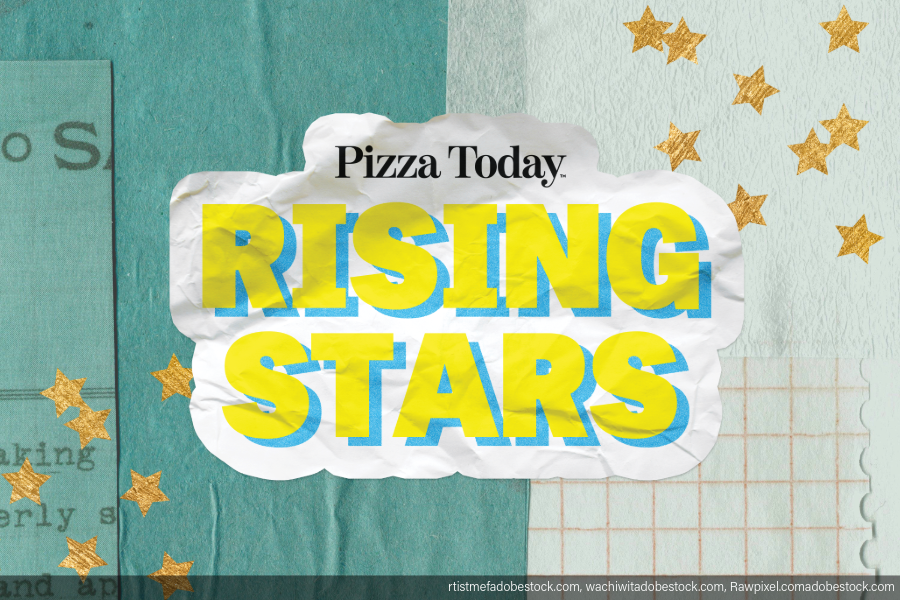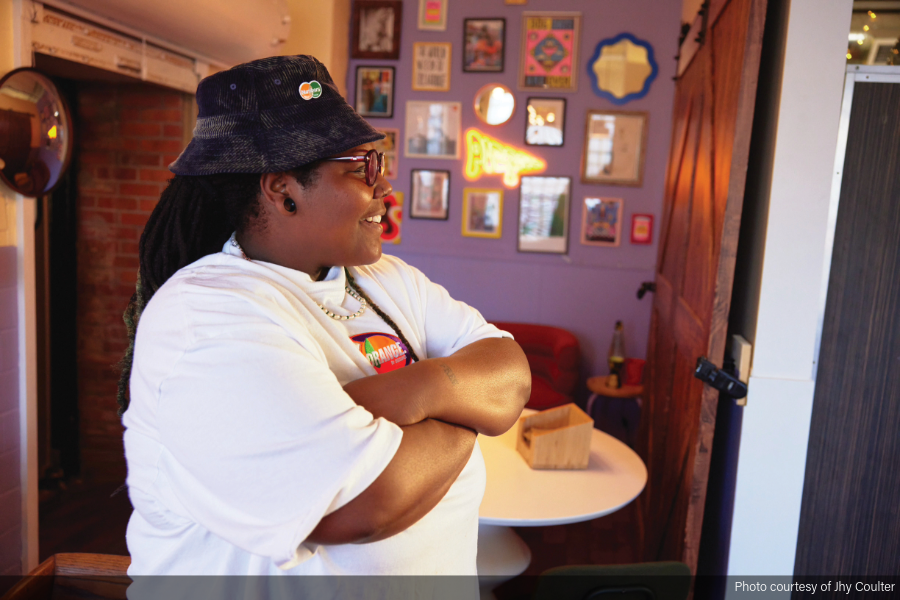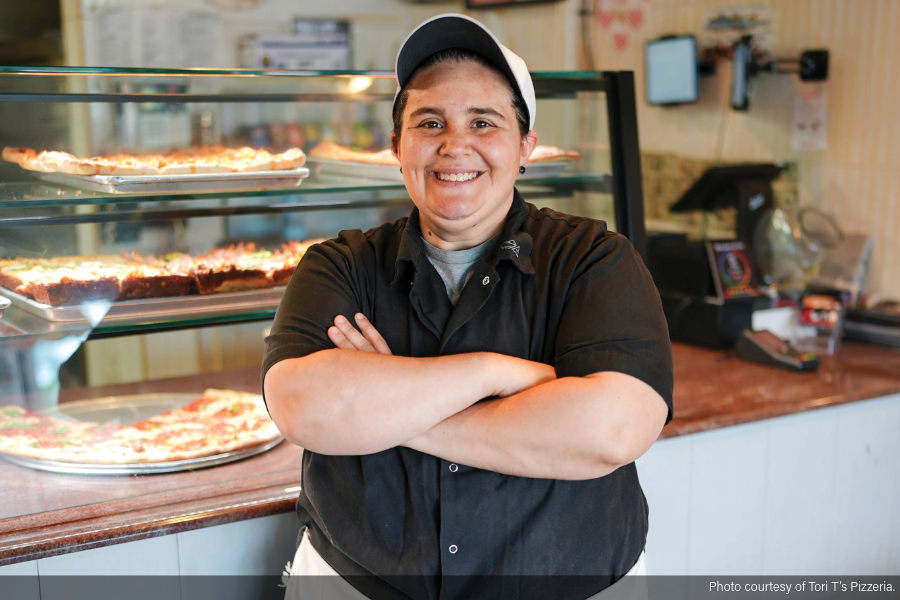When Dan Richer opened his second pizzeria venture, Razza Pizza Artigianale, earlier this year, he had a clear vision in mind. All the ingredients would be locally sourced and everything that could be made in-house would be. His beverage list would get the same care and attention to detail as the food and service. The wines would all come from a region in Italy he visits every year on a pilgrimage. The beers would all be considered craft and come from breweries within the state or a short drive away.
Like good food, craft beer “has substance and soul behind it,” says the Jersey City, New Jersey, owner. “Local and flavorful beer on the menu pushes the wheel forward.”
As America enjoys a golden age of beer, many pizzerias have created enviable beer lists that not only increase customer interest — and therefore, sales — but also garnish a sense of pride for operators and give them a leg up on the competition. Call them artisanal, small batch, or even microbrews, but the truth is that more and more craft beers are popping up on beverage menus as pizzeria owners move away from uninspired beer menus that are as dusty as they are irrelevant.
The foamy line has shifted over the last 30 years and now the Brewers Association, a trade group that represents small, independent and traditional breweries, says that there are more than 2,200 breweries in the country and that the majority of Americans live within at least 10 miles of a brewery. This means fresh, flavorful beers that are suitable for any palate are within reach.
Adding even a few craft beers to existing offerings can add depth to a menu and is easier than you might think. It begins with education.
Many beer distributors now have a craft component and they have spent time and money educating their employees on the rapidly changing landscape. They will share that knowledge with you. First, ask your distributor what is available, spend a little extra time with their sales book, and consult sites like beeradvocate.com and ratebeer.com to see what real customers are saying about a particular brew. Sites like craftbeer.com (which offers a state-by-state brewery locator) and allaboutbeer.com give insight to trends, flavors as well as popular and inspiring breweries.
Another option is to look to your staff. Chances are there is someone working in your kitchen or dining room that has a decent knowledge of beer and could offer suggestions. When you’re ready to get serious about building a better beer menu distributors will often come in for tutorial classes to help your staff with identifying flavors and proper pouring techniques, as well as give guidance on proper storage and effective presentation.
There are many benefits to draft beer, but it does require extra equipment, space, and education. However, draft offers a chance to serve rare or limited release brews, or options from breweries that do not package their beers. This is particularly helpful if you want to serve local.
If draft is not an option — or even if it is — consider bottles and cans. Yes, cans. Once thought of as a lesser vessel, many craft breweries have embraced aluminum because of its ability to keep out the mortal enemies of light and oxygen, as well as it’s lightweight. Bottle options go beyond the 12-ounce. Flavorful beers come in 7-oz, 22-oz, even 750-ml bottles. Some have the traditional caps, but others offer cage and cork, or swing tops. Pizzeria owners and beverage managers alike say that different bottle presentations along with unfamiliar labels often get the attention of other customers, especially if they are made visible while walking through a dining room.
In the past with generic lagers, people knew what they were getting. Pale to golden yellow in color, easy on the flavor and usually without bitterness, lagers are what several generations grew up knowing about beer. No more.
If you’re aiming to start slow, consider adding a Pale Ale that features a spicy hop bite. Or an amber or brown ale, which focus more on sweet and roasty malts. Belgian beers are popular and include witbier, a hazy wheat-heavy brew with spicy notes, and Belgian pale ale, which has more of a malt profile and some fruit notes. There are also the Biere de Garde that has woodsy, cellar-like character that comes with proper aging and offers a dry flavor and finish. Many of these beers are bottle conditioned — meaning yeast is added to the bottle — and regularly pair well with bread dishes. India Pale Ale, especially one made in the U.S., will be more hop aggressive and pair well with bold dishes, like wings or blue cheese.
Like produce, beer is seasonal. With each new month, different beers are released that showcase the best of winter, spring, summer and fall. Adding these beers to your menu to compliment food gets customers engaged.
As you’re making decisions about your beer list keep in mind that so much depends on what malt, hops, and yeast the brewer used. No two are exactly alike.
Pizzeria operators say that taking the time to share facts of the beer — origin, flavors, alcohol content, and pairing suggestions — on a printed menu lead to additional sales with little effort. Give the beer the same care and description that you do your wine or food menu.
“I’ve found that customers that order craft beer and pay a premium are more likely to order specials from the menu and tip better,” says Mike Rangel of Asheville Pizza and Brewing in North Carolina. “If you rotate your beers, they come back more often. What’s not to like about that?”
John Holl is a freelance journalist covering the beer industry. He’s the author of the American Craft Beer Cookbook. Holl lives in New Jersey and regularly lectures and consults on the topic of craft beer.






